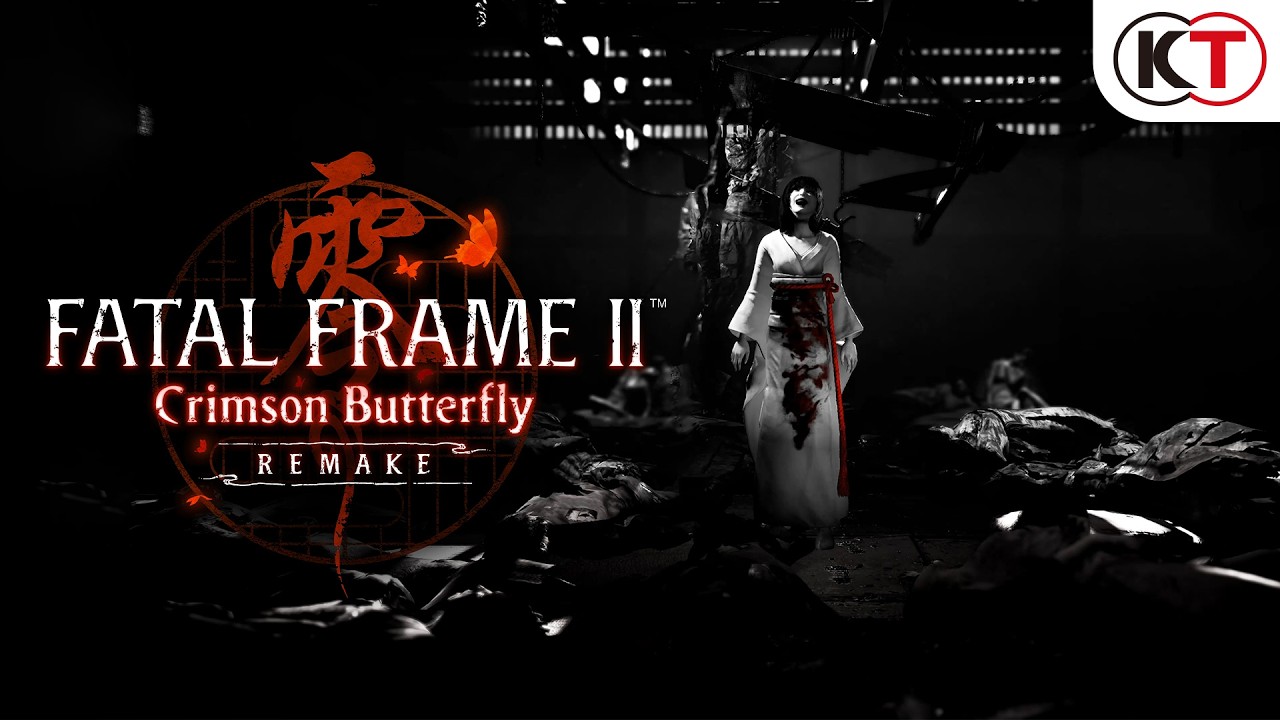- 15 Posts
- 1.16K Comments

There’s a bit of merit to that. After a purchase, a lot of people are wary, and likely to magnify any changes that happen immediately. They need a period of stabilization to dissuade fears, and assure that “nothing will change in the long run”. Even this article is highlighting what happened around a month ago over a period of time, because it wasn’t apparent in the moment.
I’m pretty stuck on this one. https://cluesbysam.com/s/help/01c315cae125?state=bEzQ-AAAAAAA%3D The hint has me pointed towards C5, but only based on a hint about edges. There are 5 unknown people on the edges, not counting two in the left corner of which one is innocent and one is guilty. So I have no idea what its clues are trying to say matters here.

The wording at the top level was “No one’s saying anything about any of it, which feels like that’s on advice from their legal counsel.” It seems like the main confusion was on the implication of the term “No one”. I inferred from the reference to legal counsel, they’re mainly talking about storefronts, not gamers, being silent. As such, I’m guessing you were eager to show how loud people (gamers) are on the issue; but that probably wasn’t the intended meaning.
In fact, I took the initial claim to mean the opposite; with Github taking action against Adult games in the same form as an attack that took place on Steam, it’s suggesting a common perpetrator. But I could safely assume most commenters here know Steam is not owned by Microsoft; hence that blame automatically goes outside of that domain.
Even if you didn’t take that implication, you can just look at the simple statements made; “Hey, this is like that other thing that happened. What’s in common here?”

Right, but if you try to follow a more strict definition that mostly follows 2D games developed by a single person, even their publishing framework ends up encompassing dozens if not hundreds of people. It’s become hard to make that definition strict. At the very least, very few notable games are made by the really big labels: Ubisoft, 2K, EA, etc.
It might be an option that doesn’t come up much, but older/lower-spec consoles are an option: The Playstation 4 and Xbox Series S. They’re not available for recent big AAA games, but that’s less and less of the big trends. There have still been many games coming out this year for the PS4.
That’s, of course, if you’re really on a low budget for hardware. Otherwise, a PC is a great investment for games on Steam sales.
The last few days, I haven’t run into any players fighting each other. There may in fact be some matchmaking effects deciding this, based on my past behavior.
It helps in my case that I have a lot of upgrades and don’t feel bothered about losing really good gear anymore. Interestingly, I’ve often felt the good gear helps against ARC, but not much against committed players. A well executed blindside ambush can take down even a player with a heavy shield.
The main defense is the psychology. Fostering a sense of communal protection by shooting the wasps that are attacking someone else, bringing one defibrillator in case you find downed players, and in some very rare cases, acting as protector for someone who was wrongly downed. Eventually, some PVP-heavy players decide they have more to fear from attacking others than being passive.
A weird tip to try; when seeking some objective and worried for ambushes, play the Recorder. Some attackers are looking for the thrill of combat, not loot, and are dissuaded by an open musician. Other players are just fearful you’ll shoot first, which is less likely when you’re announcing yourself and taking your hand off your gun for the instrument.

I remember back when I was more excited about getting into gamedev, learning C and C++ were some significant obstacles. Even understanding that I had to be responsible and direct about memory, the way they flub through so many template interfaces and spew out paragraph-sized errors made it impossible to contend with. I haven’t followed Rust, but I hope for a time that low-level code modernizes just a bit so we can stop abstracting our calculator apps with 4 GB of Electron framework.

A DBD creator I like made a video about this topic, and the degradation of the term.

Between this and the Divinity controversy, I think the gaming world needs some kind of Responsible AI seal, like the old Nintendo Seal of Quality. While Microsoft is shoving Copilot into Notepad, it can be really hard to guarantee every team member has never used an AI for anything.
Standards like “No generative AI” are a good one, and it turns out we’re also under debate whether AI for concept art - something absent from the game files - is okay. Many say not.

Recently this channel came up in my feed. There’s a few like this, that will highlight interesting games on Steam that haven’t had much attention.

I’ve had an idea of making a visual novel with gen AI, but I’d want to attach “Placeholder: AI Artwork” in a visible location for each sprite. And I only even consider that because I’m not exactly a known game dev and don’t have ready access to artists.
Larian should likely expect if they’re taking shortcuts in their position, they’d get backlash. I can at least recognize that they’re trying to be moderate about it.
- @[email protected] to
 English
English - •
- www.timesplittersrewind.com
- •
- 24d
- •
I’m a sucker for Zenless Zone Zero. I recognize it’s often catering to male gaze, but I appreciate there’s some uniqueness and interesting themes to the designs.
Basic example, “Corin” being on first blush just a cute maid cut, but also following a Frankenstein design theme with the bolts/chainsaw and hair color.
They’ve also had a “bunny-girl”, Alice, who much like real bunnies is skittish and easily frightened (and is thankfully not nearly as sexualized as the theme often carries)

The worst part is, I consider myself a bit of a gooner; I like alluring, attractive characters. But that was meant to be a story-based game, and yet it designed so many jokes around attractive women dressing in rags, being clueless, easily offended, and seemed to design the story around an intense contact between a shonen hero and a large-breasted woman.
At least in something like Stellar Blade, they evade the subject because they know there’s nothing constructive to say.
- @[email protected] to
 English
English - •
- 4M
- •
- @[email protected] to
 English
English - •
- youtu.be
- •
- 5M
- •
- @[email protected] to
 English
English - •
- 8M
- •
- @[email protected] to
 English
English - •
- 8M
- •
- @[email protected] to
 English
English - •
- www.teamfortress.com
- •
- 1Y
- •
- @[email protected] to
 English
English - •
- 1Y
- •
- @[email protected] to
 English
English - •
- 1Y
- •
- @[email protected] to
 English
English - •
- 1Y
- •
- @[email protected] to
 English
English - •
- 2Y
- •
- @[email protected] to
 English
English - •
- 2Y
- •







The only thing I’d ever want analyzed in gaming is the messages that developers convey. And, there should be no “overbearing head agency” be it the government or publisher, that controls that message. Take it just as a suggestion between artists:
We should encourage good morals and themes in the messages our games convey. I know it’s typical for gamers to say they don’t care about story or premise in games, but even if one isn’t laden with cutscenes, they often communicate a concept even just with level and character design, providing objectives like rescuing hostages, collecting loot, or getting stronger.
I don’t necessarily think violence, on its own, makes a message. Showing scenes of World War 2 can convey a lot of things. It can tell you that war is horrible, or it can erroneously tell you it’s fun. I think if you’re expecting maturity from your audience, you can acknowledge that while the game is fun, it’s not trying to foster that feeling in players.
The main thing that leads to violence in the real world is anger. Media can teach us violence is a form of communication, a tool, but anyone using it has a message, one rooted in a lot of hatred. I might even argue there’s some cases where that anger is both deserved and needed, but potentially misdirected; and other cases where both the anger and the action - violence - is 100% needed. A Ukrainian soldier fighting Russian invaders that are trying to kill innocent people does not need to be taught that “violence is bad”.